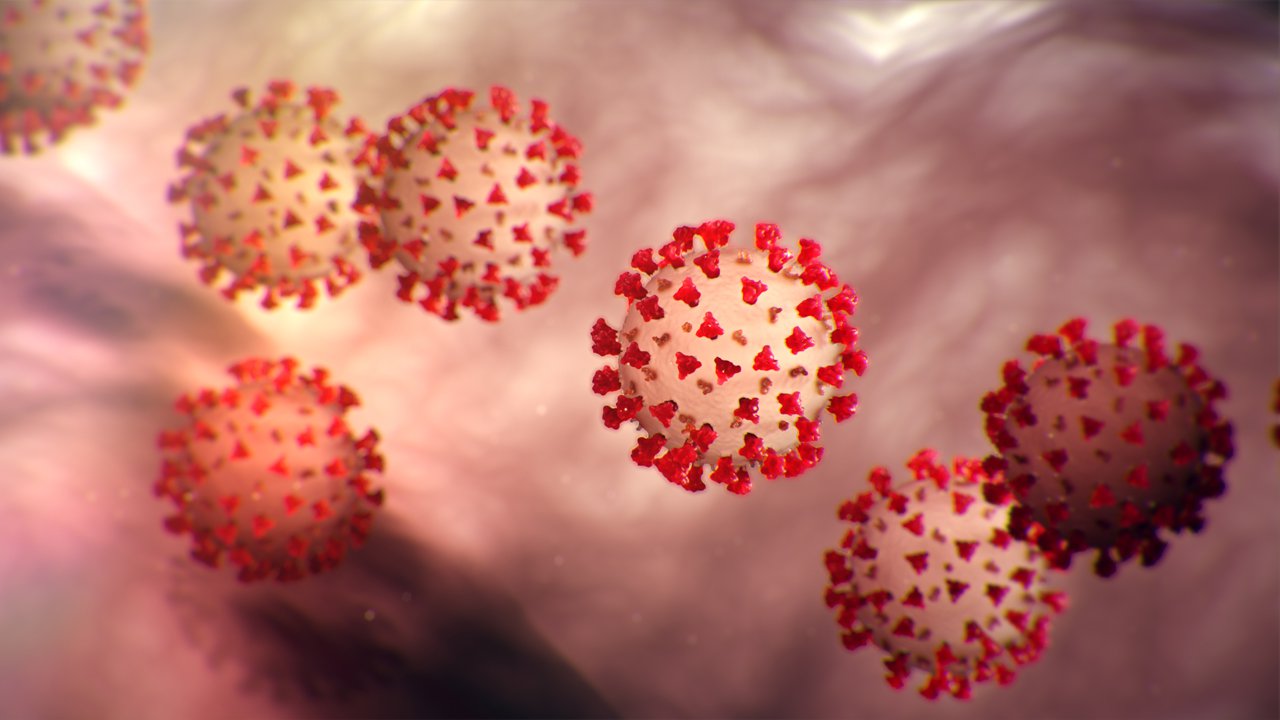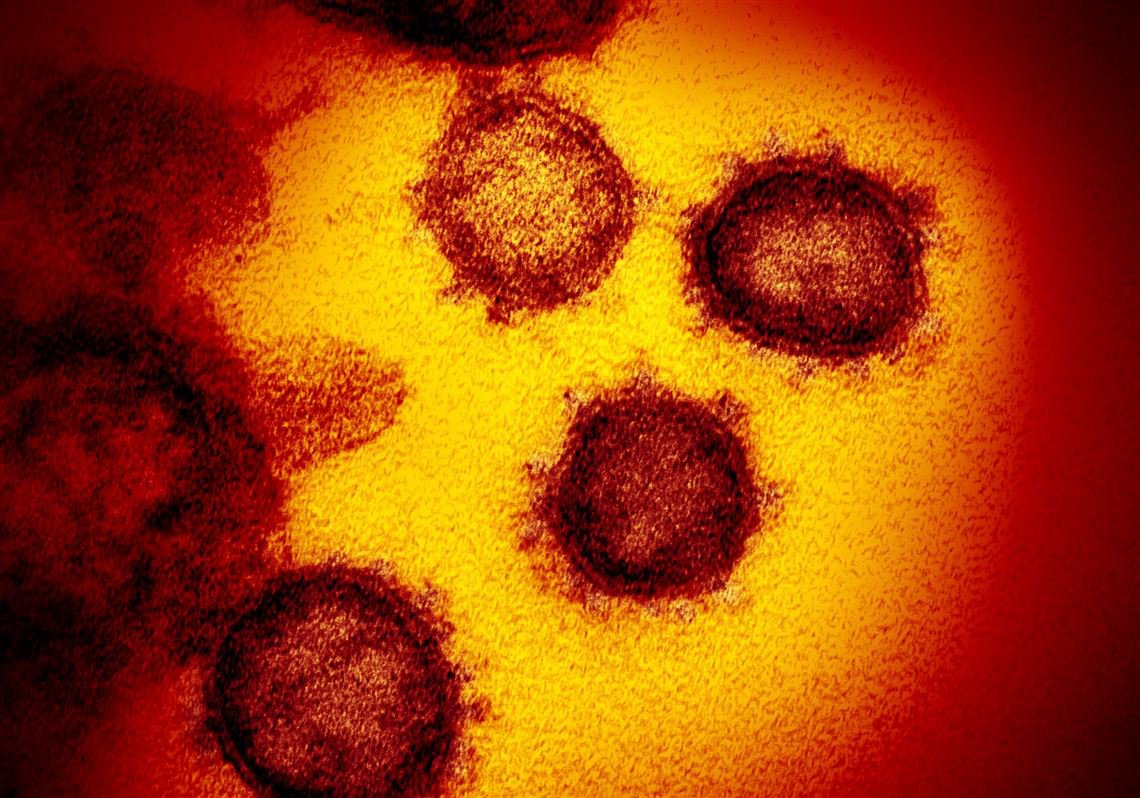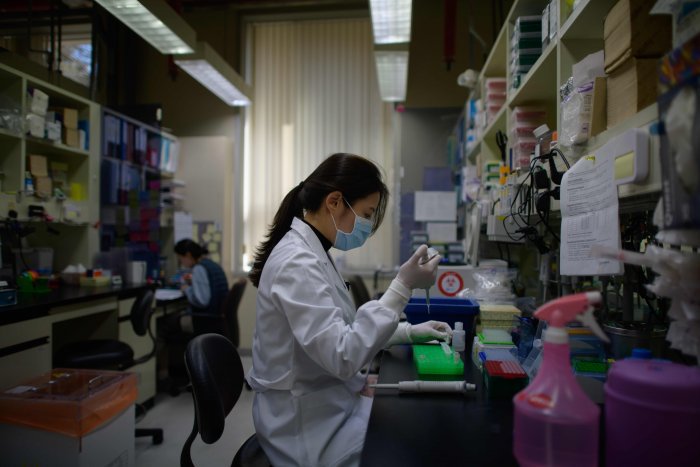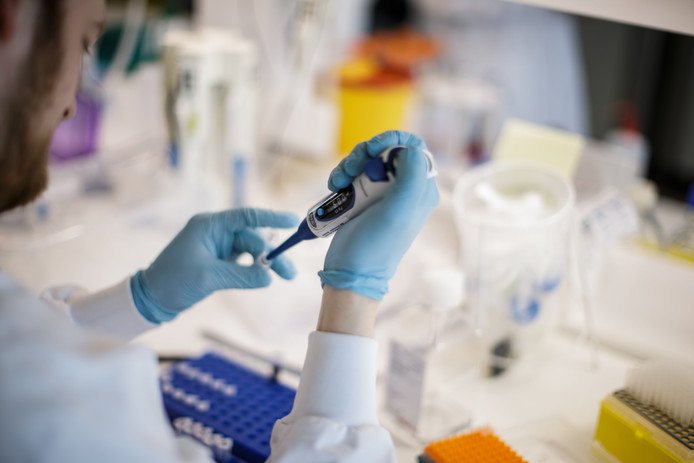The novel coronavirus has not just boomed the google search for the virus but has also given a new project to all the laboratories and scientists to understand the strain better, its origin in humans and how we can kill this virus. In search of all these questions, scientists are coming up with a lot of new findings almost every week.

This week, a new study by the scientists at Los Alamos National Laboratory in New Mexico and researchers in the U.K. has prompted scary headlines about a mutation in the novel coronavirus that could possibly make it more contagious.
According to the paper, the mutation is affecting the “spikes” on the SARS-CoV-2 virus. This new strain has become more prevalent, meaning it could theoretically make the disease spread faster and more people become ill which calls for urgent concern.

The report’s authors said they felt an “urgent need for an early warning” so that vaccines and drugs under development around the world will be effective against the mutated strain.
In many places where the new strain appeared, it quickly infected far more people than the earlier strains that came out of Wuhan, China, and within weeks it was the only strain that was prevalent in some nations, according to the report.

The new strain’s dominance over its predecessors suggests that it is more infectious, according to the report, though exactly why is not yet known.
The report was based on a computational analysis of more than 6,000 coronavirus sequences from around the world collected by the Global Initiative for Sharing All Influenza Data, a public-private organization in Germany. Time and again, the analysis found the new version was transitioning to become dominant.

The Los Alamos team, assisted by scientists at Duke University and the University of Sheffield in England, identified 14 mutations. Those mutations occurred among the nearly 30,000 base pairs of RNA that make up the coronavirus’s genome. The report authors focused on a mutation called D614G, which is responsible for the change in the virus’ spikes.

















